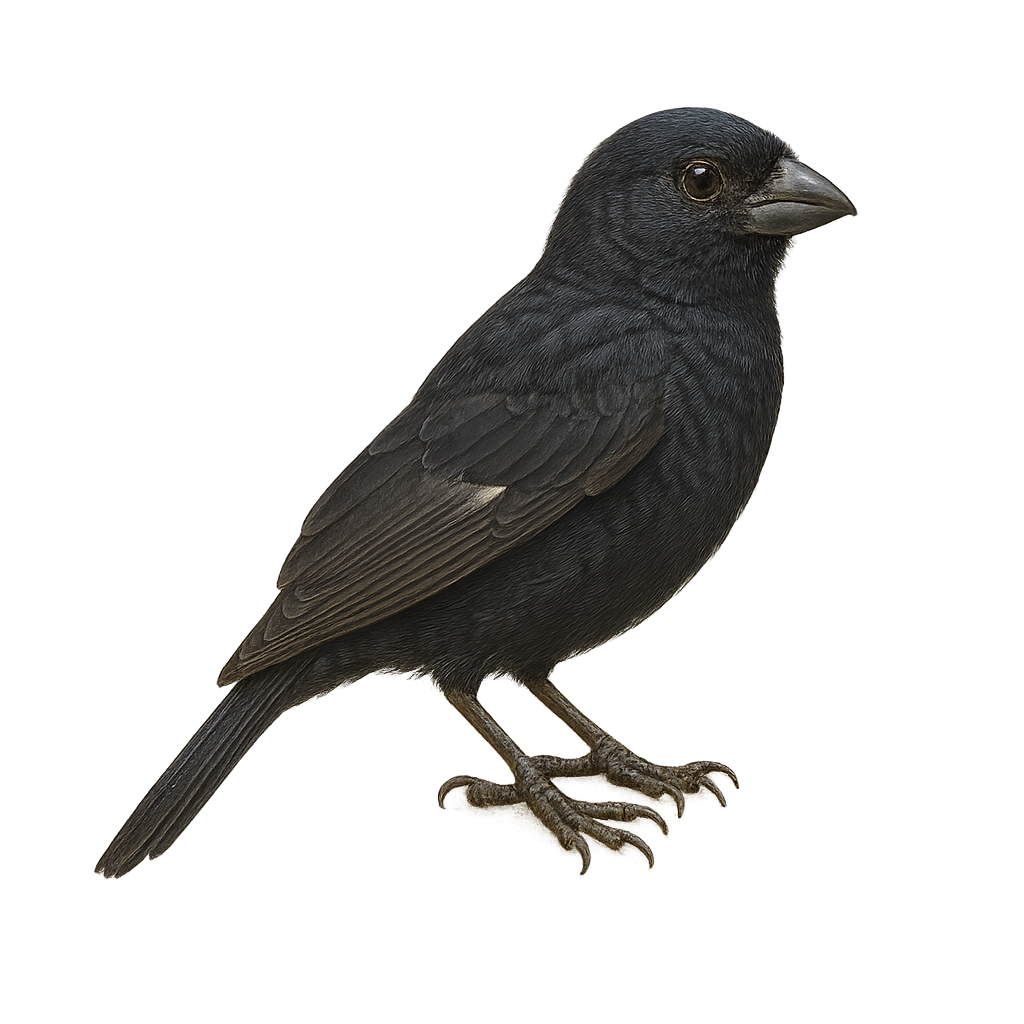Your wildlife photography guide.
Explore the variable seedeater in detail, study its behavior, prepare your shots.
Where to observe and photograph the variable seedeater in the wild
Learn where and when to spot the variable seedeater in the wild, how to identify the species based on distinctive features, and what natural environments it inhabits. The WildlifePhotographer app offers tailored photography tips that reflect the variable seedeater’s behavior, helping you capture better wildlife images. Explore the full species profile for key information including description, habitat, active periods, and approach techniques.
Variable Seedeater
Scientific name: Sporophila corvina

IUCN Status: Least Concern
Family: THRAUPIDAE
Group: Birds
Sensitivity to human approach: Suspicious
Minimum approach distance: 5 m
Courtship display: April to May
Incubation: 12-14 jours
Hatchings: April to June
Habitat:
Tropical forests, agricultural areas, forest edges
Activity period :
Primarily active during the day, with peak activity in the morning and late afternoon.
Identification and description:
The Variable Seedeater, or Sporophila corvina, is a small passerine bird belonging to the Thraupidae family. This charming bird is primarily found in Central America, from southern Mexico to western Panama. It is easily recognizable by its distinctive black and white plumage, with a black belly in males, while females display more brownish hues. This passerine frequents various habitats, from tropical forests to open agricultural areas. It is often seen feeding on seeds and insects, making it an important player in seed dispersal. Although generally tolerant of human presence, it can be suspicious in disturbed environments.
Recommended lens:
400 mm – adjust based on distance, desired framing (portrait or habitat), and approach conditions.
Photography tips:
To photograph the Variable Seedeater, focus on areas where it is often seen, such as forest edges and agricultural zones. Use a 400mm lens or longer to capture precise details without disturbing the bird. Be patient and discreet, as it can be suspicious despite being generally tolerant. Early morning hours are ideal for soft, natural lighting.
The WildlifePhotographer App is coming soon!
Be the first to explore the best nature spots, track rutting seasons, log your observations, and observe more wildlife.
Already 1 429 wildlife lovers subscribed worldwide

